Being studious, hard-working and determined to get rich, including planting red sưa trees - a type of forest tree that produces precious wood, Mr. Dang Van San, a Dao ethnic person in Ta Ngao village, Ban Qua commune (Bat Xat district, Lao Cai province) currently owns more than 600 red sưa trees worth billions of dong.
I met old farmer Dang Van San when he was diligently weeding and pruning branches on the vast red sandalwood hill.
Looking towards the hill of red sandalwood forest, Mr. San said: We plant red sandalwood trees to cover the bare land, preserve water for production, and develop the economy . With this precious wood, the longer it is kept, the more its value increases, so the family has not sold it yet.
Born and raised in Ta Ngao village, Ban Qua commune, Mr. San always struggled to find ways to get rich right in his hometown.
In 2007, I happened to watch TV and saw an introduction about Mr. Lang Van Bac in Tam Dao district ( Vinh Phuc province) who overcame difficulties to become rich by growing red sưa trees.
Mr. San went to Mr. Bac's house to learn the technique of planting Dalbergia tonkinensis trees. After that, Mr. San bought more than 200 Dalbergia tonkinensis seedlings and planted them among the tallow trees in his family's forest hills.
Seeing that the Dalbergia tonkinensis tree was suitable for the local soil, he decided to plant red Dalbergia to replace the entire area of forest land planted with fat.
While thinking of making himself rich, Mr. San also wanted the surrounding households and relatives to get rich too. So he opened a local agency selling red sưa tree seedlings.
With the motto of short-term profit for long-term benefit, Mr. San uses all the profit from selling seedlings to reinvest in expanding the area of Dalbergia tonkinensis trees.
By 2012, he had planted more than 600 red sandalwood trees. “Currently, the number of red sandalwood trees in the garden has been planted for 6 to 15 years. Large trees estimated to weigh about 100 kg of core have been inquired about by traders.
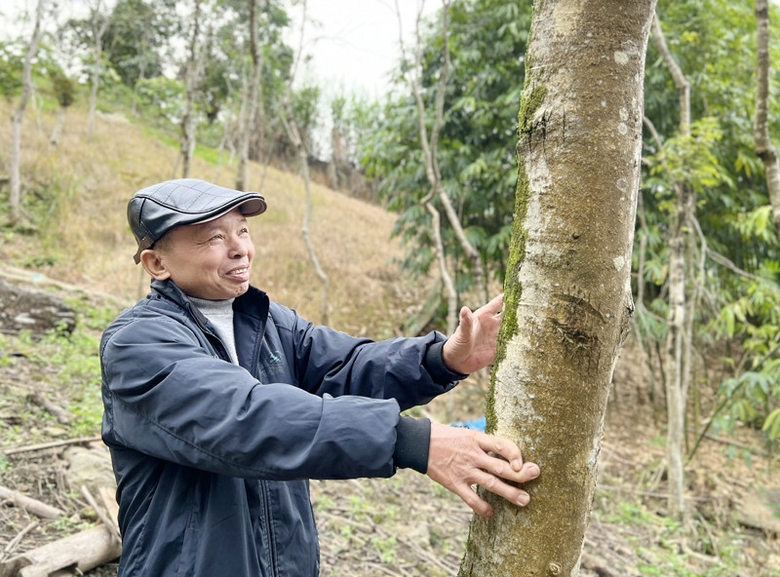
The forest hill has more than 600 red sưa trees for rare wood, the sưa trees are from 6-15 years old, Mr. Dang Van San, a Dao ethnic farmer in Ta Ngao village, Ban Qua commune (Bat Xat district, Lao Cai province) owns assets worth billions of dong.
According to Mr. San, the technique of planting red sưa trees is not difficult, just dig a hole to plant the tree in the soil ball, weed in batches. When the tree closes its canopy, prune the branches so that the tree can focus on developing the main trunk and core.
For the red sưa tree to grow well, it should be planted on flat land, at an altitude of 500 m above sea level. If planted on sloping land, the red sưa tree grows slower than flat land, but on the contrary, the core grows more. However, taking care of the sưa tree is quite a lot of work, the biggest danger to sưa is the stem borer, the forest must be visited regularly to detect it in time and spray pesticides into each hole of the tree to kill the worms.
The growth time of Dalbergia tonkinensis is longer than other types of trees, at least from planting to exploitation is about ten years.
Therefore, it requires red sandalwood growers to be persistent and have reasonable calculations to maintain the growth and development of the tree.
Currently, the biggest red sandalwood tree in Mr. San's family's hill has a diameter of about 25 cm, the smaller tree has a diameter of 10 cm.
To "take the short term to feed the long term", under the canopy of the rosewood forest, he takes advantage of raising free-range chickens, building cages to raise hybrid wild boars, and raising native black pigs.
With the family tradition of collecting traditional Vietnamese medicine to cure and save people, he and his wife spend time in the forest to collect medicine and plant more medicinal plants around the house. In the village, many people with joint pain and stomachache often come to his house to ask for medicine. Those who have money pay a little as a reason for picking medicine. He does not charge people in difficult circumstances.
It is known that red sandalwood is classified in group IA in the list of rare wood species in Vietnam. Since ancient times, the value of sandalwood has always been appreciated for its durability over time. This type of wood, even if soaked in water or mud for many years, still retains its scent and does not rot or crack.
Dalbergia tonkinensis wood is used to produce furniture and fine art objects with high aesthetic value and feng shui significance, helping the homeowner to be prosperous, peaceful, and ward off evil spirits. Dalbergia tonkinensis wood is also used as an oriental medicine to treat bone and joint diseases...
Since planting the sưa tree, Mr. San never thought he would have such a large fortune as today. Until now, when recalling the story of planting the sưa tree, he still affirms that it was like a gamble full of luck.
Because if the price of red sandalwood were to fall, all his efforts would be in vain. But the red sandalwood has always been a precious wood, with supply not meeting demand.
Many people asked why traders came to buy but not sell. Mr. San said that the red sandalwood is expensive mainly because of the core, so the older the tree, the greater its value.
Seeing us worried about the vast “treasure” lying in the open, Mr. San smiled: This is the only road here, surrounded by brothers and relatives, so there has never been a theft. The people of Ta Ngao village, rich or poor, are very united and help each other in life.
Mr. San and his wife not only enrich themselves but are also willing to share their experiences in economic development, helping many households in the village with capital and crops. He is willing to provide anyone who needs technical support for planting and red sandalwood varieties.
Mr. Ly Minh Ta, Head of Ta Ngao village, Ban Qua commune (Bat Xat district, Lao Cai province) said: Mr. San is a friendly person, always ready to help everyone. His family is also a typical example in the economic development movement, building new rural areas in the locality.
Source







![[Photo] Binh Trieu 1 Bridge has been completed, raised by 1.1m, and will open to traffic at the end of November.](https://vphoto.vietnam.vn/thumb/1200x675/vietnam/resource/IMAGE/2025/10/2/a6549e2a3b5848a1ba76a1ded6141fae)
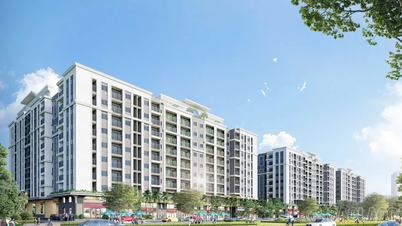

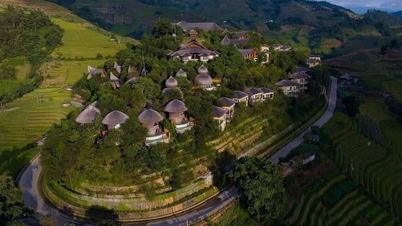
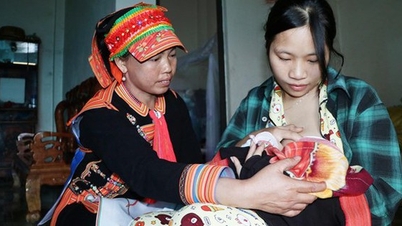


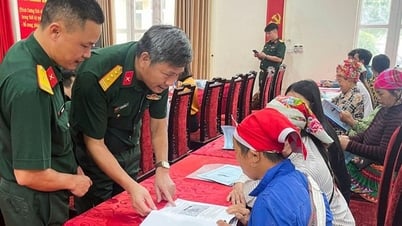

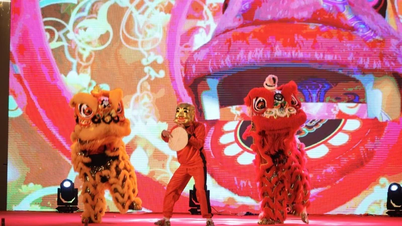

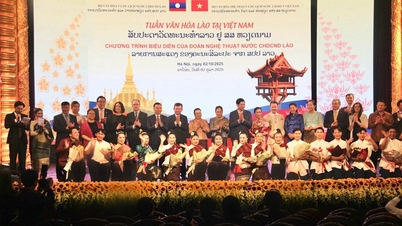

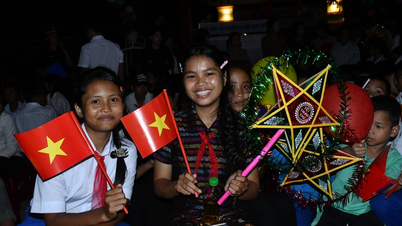

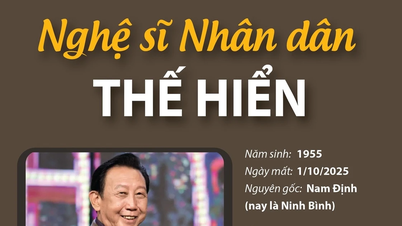









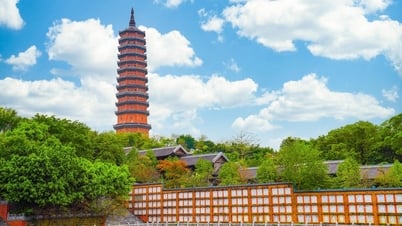

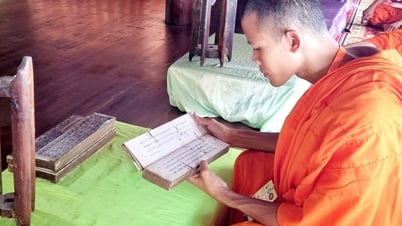

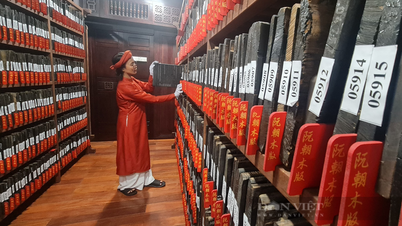
































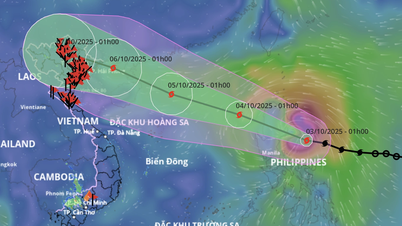














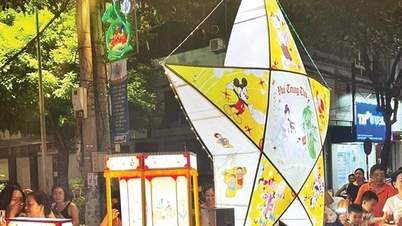



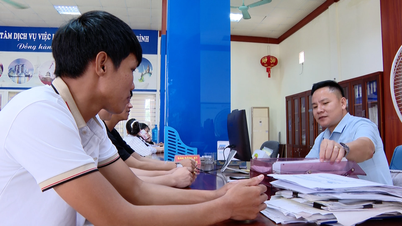

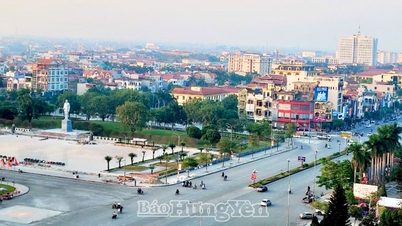
















Comment (0)